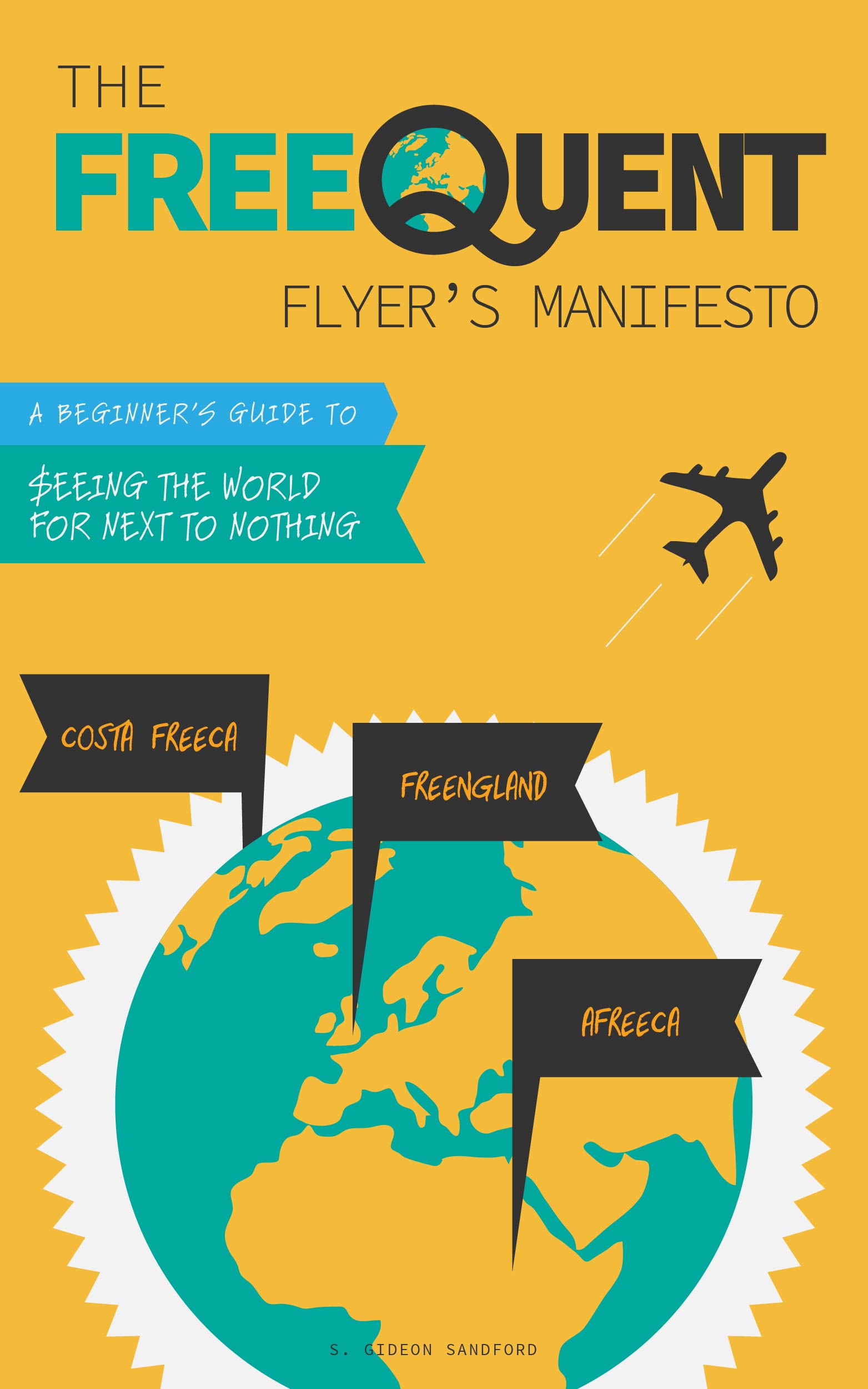[update 2/6/14: please see my post on Upromise Investments]
I mentioned a few months ago that I was planning to finally get a Chase Ink Bold card, which would allow me to earn bonus points at local convenience store locations categorized by Visa as gas stations.
Ultimately that plan was short-circuited in my impromptu January application cycle, when I jumped on a 100,000 Avios offer from the Chase British Airways Visa card.
I've had a tortured relationship with the Chase Ink Bold card: in principle, its earning rate at gas stations (2 Ultimate Rewards points per dollar) and office supply stores (5 Ultimate Rewards points per dollar) should make it one of the most lucrative cards available. In practice, every time I think I have a new source of gas station reload cards and gift cards, it's slammed shut by a register re-coding or employee re-training.
Meanwhile, while $200 Visa gift cards from office supply stores, with an activation fee of $6.95, allow you to buy Ultimate Rewards points at a cost of 0.67 cents each, liquidating those cards has traditionally required either using up valuable Bluebird reload space or buying inefficiently small money orders and bill payments.
Finally, since the United devaluation it's become increasing difficult to value Ultimate Rewards points at the 1.89 cents necessary to justify buying them for 0.67 cents each when you can buy Barclaycard Arrival miles, worth 1.11 cents, for just 0.39 cents each. (Explanation: 1.89 / 1.11 = 0.67 / 0.39).
Events have conspired to change that calculation, and again make the Chase Ink Bold Visa one of the most unimaginably lucrative cards on the market today.
Visa Savings Edge
Visa Savings Edge is a program that allows you to earn cash back in the form of statement credits on your account whenever you make eligible purchases at participating merchants. As Frequent Miler pointed out yesterday, Staples is one of those participating merchants. The offer reads:
Save 1% when you make a qualifying purchase of $200 or more with your enrolled Visa Business card in store or on staples.com. Save on thousands of products for your small business at Staples. From coffee to cleaning supplies and technology to business services, you’ll find everything you need to keep your business running. Now get 1% back via statement credit on all purchases at Staples® when you use your enrolled Visa® Business Card.
That means a $200 Visa gift card, rather than costing $6.95, will cost just $4.88, bringing the break-even value of Ultimate Rewards points down to 1.35.
Plink
Of course, as I mentioned yesterday in my trip report, Staples also participates in Plink, allowing you to earn $3 in Amazon credit every time you spend $60 or more at Staples. If you consider Amazon credit "as good as cash," you'll end up paying just $1.88 each time you buy a $200 Visa gift card – just 0.18 cents per Ultimate Reward point (up to 10 purchases per 30 days, per the terms of the Plink offer).
Liquidate Using Evolve Money
Finally, the last concern above, that liquidating $200 Visa gift cards is awkward, inefficient, and impractical, has been put to rest by the vast liquidation capacity of Evolve Money. If you take advantage only of the most lucrative version of this deal, combining both Visa Savings Edge and Plink, you'll have just $2,000 in gift cards to liquidate every 30 days. Since Evolve Money has plenty of legitimate payees, like utilities, insurance companies, phone companies, etc., $2,000 seems like an eminently reasonable amount to push through each month – especially when buying those gift cards is this unbelievably lucrative.
Honorable Mention: Club Carlson Business Rewards Visa
While the card itself doesn't bonus office supply store purchases, the Club Carlson Business Rewards Visa does earn 5 Club Carlson Gold Points on all purchases, which I've argued can in some cases be worth up to 1 cent each. The card can likewise be registered through Visa Savings Edge and through Plink, allowing you to pay the same 0.18 cents per point as with the Chase Ink cards.


